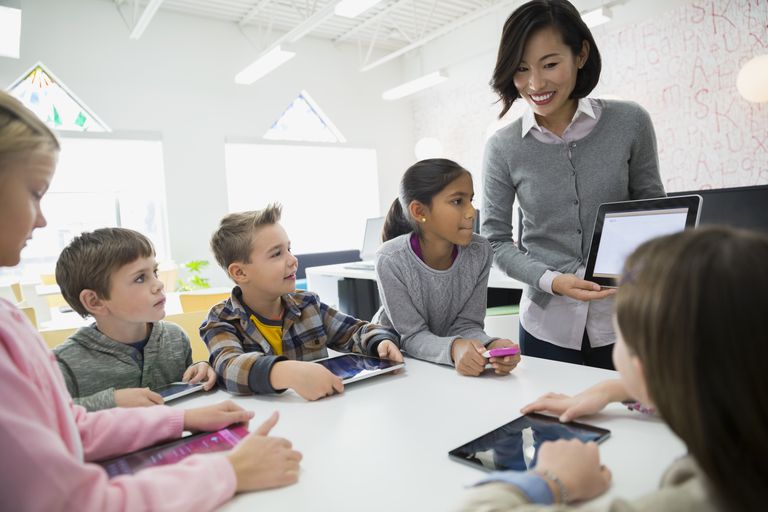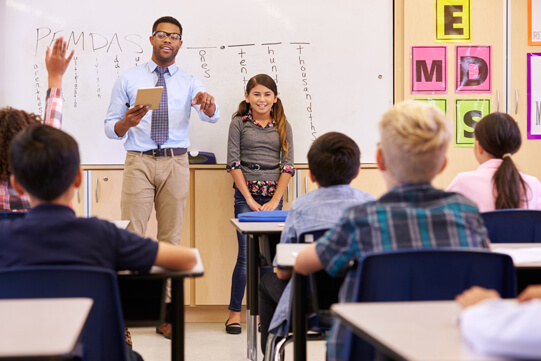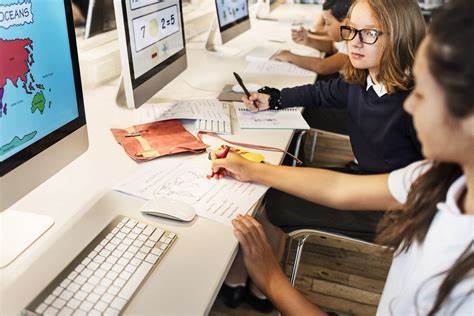It is becoming more and more obvious that our traditional methods of teaching and learning are outmoded as we move farther into the twenty-first century. As a result, creative teachers have been creating fresh approaches to enhance academic performance and student engagement. Every teacher in the twenty-first century needs to be knowledgeable about these new approaches because they are assisting pupils in learning in a more efficient and entertaining way.
Embracing Tech

source: pinterest.com
The use of technology in the classroom has become one of the most well-liked approaches to emerge in recent years. In order to make the teaching and learning process more interactive, captivating, and effective, technology must be included into it. Use of a Minecraft skin editor to teach pupils graphic design is one instance of this. Students can use this application to build unique skins for their Minecraft characters, which will teach them about design concepts like color theory, composition, and balance.
Project-based Learning
Project-based learning is another cutting-edge instructional strategy that has gained favor in recent years (PBL). PBL entails assigning students a project to finish that is based on actual issues or situations. This strategy aims to aid students in acquiring the problem-solving, critical thinking, and collaborative abilities that are necessary for success in the workplace of the twenty-first century. PBL projects can be tailored to any topic area and can range from developing a sustainable community to coming up with a marketing strategy for a new product.
Flipped Classroom Approach

source: pinterest.com
The flipped classroom approach is another teaching strategy that has grown in favor recently. In a flipped classroom, students have access to learning materials including online lectures and videos before class. After that, they have time in class to work on group projects or have conversations with their teachers and classmates. This strategy has been proven to increase student retention and engagement while cutting down on the amount of time teachers spend lecturing.
Blended Learning
Teachers should be conversant with additional ways in addition to these methodologies. One is blended learning, which blends in-person instruction with online learning materials. With this method, pupils can learn at their own pace, and teachers have the freedom to tailor their lessons to the needs of each individual pupil.
Differentiated Instruction

source: pinterest.com
Differentiated instruction is a different approach that educators should be familiar with. With this strategy, instruction is customized to each student’s unique needs and learning preferences. This may entail utilizing a range of teaching strategies, including visual aids, practical exercises, and group projects. Teachers may ensure that every student is able to learn and flourish by tailoring lessons to match their individual requirements.
Growth Mindset
The notion of growth mindset should also be recognizable to teachers. According to this theory, intelligence and skills may be cultivated via effort and hard work rather than being permanent traits. Teachers may assist their pupils in developing a passion of learning, a willingness to take chances, and the perseverance to go through obstacles by encouraging a growth mindset in them.
In Summary

source: pinterest.com
it is becoming more and more obvious that conventional teaching approaches are insufficient as we advance farther into the 21st century. Teachers need to be knowledgeable with cutting-edge approaches like technology integration, project-based learning, flipped classrooms, blended learning, differentiated instruction, and growth mindset in order to support students’ learning and success in today’s society. Teachers can ensure that every student has the chance to study and succeed in the 21st century by adopting these methods. So let’s get going and keep innovating how we educate and learn.



